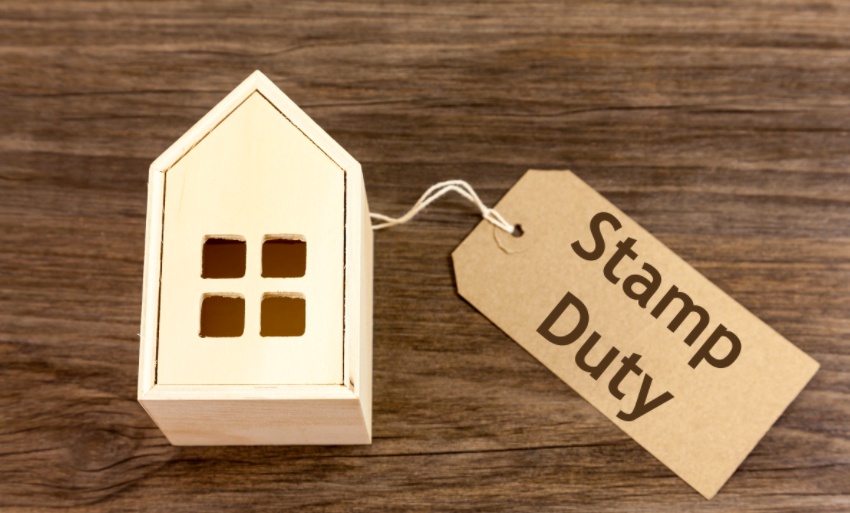What's my home worth?
We would be delighted to talk you through some of our services and learn about your housing needs.
We would be delighted to talk you through some of our services and learn about your housing needs.

Confused about what Stamp Duty you need to pay when your purchas eyour property? Our guide to Stamp Duty outlines exactly what you need to pay if you're buying your new home or rental property.
Stamp Duty (or Stamp Duty Land Tax as it is officially known) is the tax you pay when you buy a property (or land) in England, Wales or Northern Ireland for more than £40,000.
Does it apply to freehold and leasehold properties?
Yes –Stamp Duty is payable whether you buy a freehold property, a new or existing leasehold property, or through a shared ownership scheme
Does it apply to residential and commercial properties?
Yes - The amount of tax you pay depends on both the purchase price and the type of property (or land) you buy. The property categories are Residential, Non-residential or mixed use
Stamp Duty must be paid to HMRC within 30 days of completing the purchase of the property, along with an SDLT return.
Where a solicitor, agent or conveyancer is dealing with your purchase, they will usually fill this in and make the payment on your behalf.
This will depend on whether you are replacing your main home, or if you are buying an additional residential or commercial property for rental purposes. You can use an online Stamp Duty calculator to see exactly how much you will pay.
Main Home
When replacing your main home, the following rates apply:
These rates are applied proportionately.
So, for example, if you buy a house for £256,000;
The first £125,000 will not be taxedThe next £125,000 (£125,001-£250,000) will be taxed at a rate of 2%And the final £6,000 (£250,001-£256,000) will be taxed at a rate of 5%
The combined total (£2,500 + £300 = £2,800) is the Stamp Duty you will pay.
First-time buyers
There is no stamp duty for first-time buyers up to £300,000. Stamp DUty is charges at 5% between £300,001 - £500,000. For any propetry over £500,000, the standrad rates will apply.
Buy-to-let property
Changes to the Stamp Duty on rental properties made by the government came into effect in April 2016.
If you buy a residential property and you already own one (or more) properties anywhere else in the world, you will have to pay an additional 3% Stamp Duty charge.
The proportionate rates in this instance are:
NOTE: The additional 3% charge is not applicable to purpose-built student accommodation.
Non-residential or mixed-use property
Non-residential properties include:
Mixed-use properties are ones that are both residential and non-residential, e.g. a shop with a flat above it.
The rates you pay when you buy a non-residential property are as follows:
Leasehold property
If you buy a leasehold residential property, you will have to pay Stamp Duty on the purchase price of the lease as well.
There may be additional charges if the lease purchased is unassigned (i.e. new), and there is rent to pay over the life of the lease. Your solicitor will be able to advise you through the transaction.
There are reliefs available that will reduce the amount of Stamp Duty you have to pay in certain circumstances.
Examples of two available reliefs include:
This can be claimed where more than one property is being bought in a linked transaction. For example, where a number of flats are in the same building.
In this instance, the Stamp Duty is payable based on the rate that applies to the average price per dwelling, rather than the rate for the total combined value.
Full relief may be available where the purchaser is a registered social landlord and the vendor is a qualifying body.
There are a number of other reliefs, and advice should be taken in order to consider whether you will qualify.
In some circumstances, Stamp Duty may not be payable . Examples include: